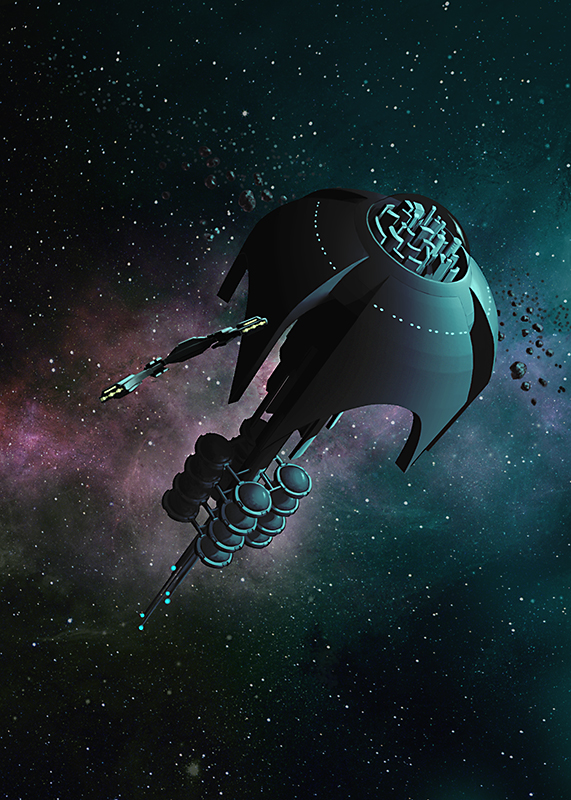Pony Express - full playtest #2
After full playtest #1 (12/28), Dan, Steve, Dawn, and I played a full 4 player game on 12/29. I'd incorporated some of the stuff we talked about after the previous day's game...
* Labeled 10 items and the 8 "terrain" type hazard tiles (4 river crossings and 4 winding trails) with a roman numeral 1 n the back, indicating that they are to be used first. At the beginning of the game I put one "I" item in each town, then 1 random item in each town as well, thus insuring that no town would have 2 Saloons, and that no Saloons would come out later, and ensuring items like Compass and Peacemaker are on the board in round 1.
* I took the maps out of the auction deck and said that at the beginning of the first Delivery phase of the game, after seeing the hazards, each player gets to choose one of the 5 maps. Players get to keep this map, and it does not count as an item (if discarded for a winding trail, it's out of the game). Unclaimed maps are discarded.
* Only 1 copy of any given item.
* Tumbleweeds return to the bag. I kinda liked Steve's suggestion that the Tumbleweeds remove a hazard from play, but at the same time, that doesn't necessarily work with how I've got the hazards set up. So instead, I kept the Tumbleweeds as null-hazards, but decided to return them to the bag and institute a limit of 2 hazards per route. If nothing else, this works logistically because there are 14 routes on the prototype board, and 3 hazards per route would be a lot of tiles on the board!
* Tiebreaks are by turn order when multiple players speak up simultaneously.
The game went alright, with the biggest irritation being that the hazards seemed to cost a bit much, and some of the items were out of whack. For example, the Compass is just ridiculous - FAR more valuable than other items. And the new delivery (+$5) was most often not worth taking... there's a chance it'll be a free $5, but more likely the random draw will cost you money. Spurs were just useless altogether.
After that game, I made a few more adjustments:
* Reduced river crossings, winding trails, to +$1 and bandits to +$2
* Increased new parcel reward to $8
* Added a cost of +$5 to the compass, so that (a) it costs you to pick it up, and (b) you give up a lot of time the turn you pick it up - you won't get a turn for a while, and you are likely not going to be the first player back to the post office.
* Changed spurs to "-$1 if 0-1 hazards" so that they're pretty good at first, but become less and less useful each round as more hazards come out.
* Swapped around which items start on the board a little bit, as well as which hazards come out in round 1. I made it the 8 terrain hazards, 2 rattlesnakes, and 4 tumbleweeds, guaranteeing no bears or bandits would appear in round 1, giving players a chance to get items to help.
* Reduced the Parcel deck to 2 cards per town (20 cards total) - enough for 5 players, and they can simply be reshuffled each round. Fewer components, and fewer instances of multiple cards from the same town coming up.
* Dealt out 2N+1 cards for the auction rather than just 2N, so that the last player has a choice on their 2nd turn (the un-auctioned parcel is discarded). <- better.="" br="" i="" like="" much="" this="">
Pony Express - full playtest #3
Yesterday at Tucson Games and Gadgets, Mark, Chris, Andy, and I played another full 4p game of Pony Express, implementing the tweaks listed above
This went fairly well, though it may have highlighted some fragility in the game. The scores reflected that, at 60ish - 40ish - 30ish - 20ish.
Mark had a GREAT first round, making about $15, while Andy, Chris, and I made about $7 each. However, Andy and I had a lot of items going into round 2, Mark had some, and Chris had almost nothing.
In round 2 I made a killing, delivering 6 or 7 of the parcels (and getting decent money for each). Mark had a very rough 2nd round because he got sniped at the auction twice (maybe he should have been a little less greedy?
I don't recall the last round too well, except that Chris had it rough. Chris basically didn't get anything in the way of items in the first round (and in fact he discarded his Map card to save $1 from a LOST! tile), so come round 2 he didn't have much in the way of discounts, while everyone else did. Then he basically complained that he had to pay too much for his routes Also, he seemed to not quite grasp the crux of the auction mechanism, saying something about how when it got to his choice, there weren't any parcels he wanted to deliver (so far nobody has EVER been stuck with the parcel they chose to auction off, so it's highly unlikely you'll be delivering the parcel you choose as auctioneer). He had a pretty lousy game, and clearly a lousy time.
This reminds me of a dynamic I had in an early version of Terra Prime, when "bad play" of exploring yellow space without being prepared - despite all the warnings the game gives against doing that - is something a player decided to do. Of course they got blown up, and had to limp home to repair. That was a miserable experience, and as much as I wanted to just say "well, don't do that!" I realized I had to actually make that kind of thing a little less bad, so a player who DOES do that (however ill advised) doesn't have as miserable a game experience.
Similarly, I wonder if there's anything I can do here to help keep players from having a really bad experience, even if they play poorly. I'd like them to still have fun.
Some of this may rectify itself when I implement the new board layout I've been wanting to try ever since Dan mentioned 2 bases, one in Missouri and one in Sacramento. Not only is that more thematically accurate, but it would force all players to travel across the board, therefore making more parcels more interesting to more players. That'll be the next big change I make, but I'm not exactly sure on the layout I want, and whether I want to add more towns, or if 10 is enough. I've been liking 10 towns so far.
Until then, I've made the following tweaks...
* Guides back up to 1. I don't like things costing zero.
* Changed a Spur out for another new parcel delivery. I think that's a fun one, though with the new board it may be bad if the new destination is BEHIND you. Steve wanted that to be "draw 3, pick one," but if it's too easy to ensure you get something en route, then it's just free money (like the Tip). Also, I worry that the new version of Spurs ("-1 if 0-1 hazard") is now one of the stronger items.
* Changed the Compass to "-2 on LOST!" Even with a $5 cost I feel the Compass was just too good, and I don't like having a cost on just 1 item. I decided to change it up. I like the sound of the new version.
I thought about upping the base route cost of each route by 1, so they're all 2 or 3 instead of 1 or 2. This would be so the items have more of an effect (especially maps). However, I'm afraid the costs will get too high for the auction, and I would prefer to keep the auction at a nice $10 total (though truth be told, that could change without too much of a problem). I'll have to recalculate that when making a new map layout anyway.





